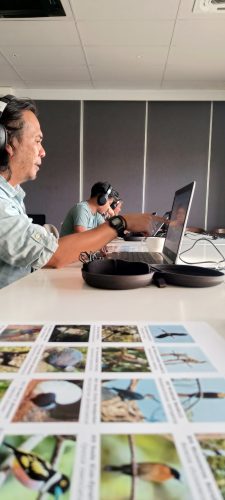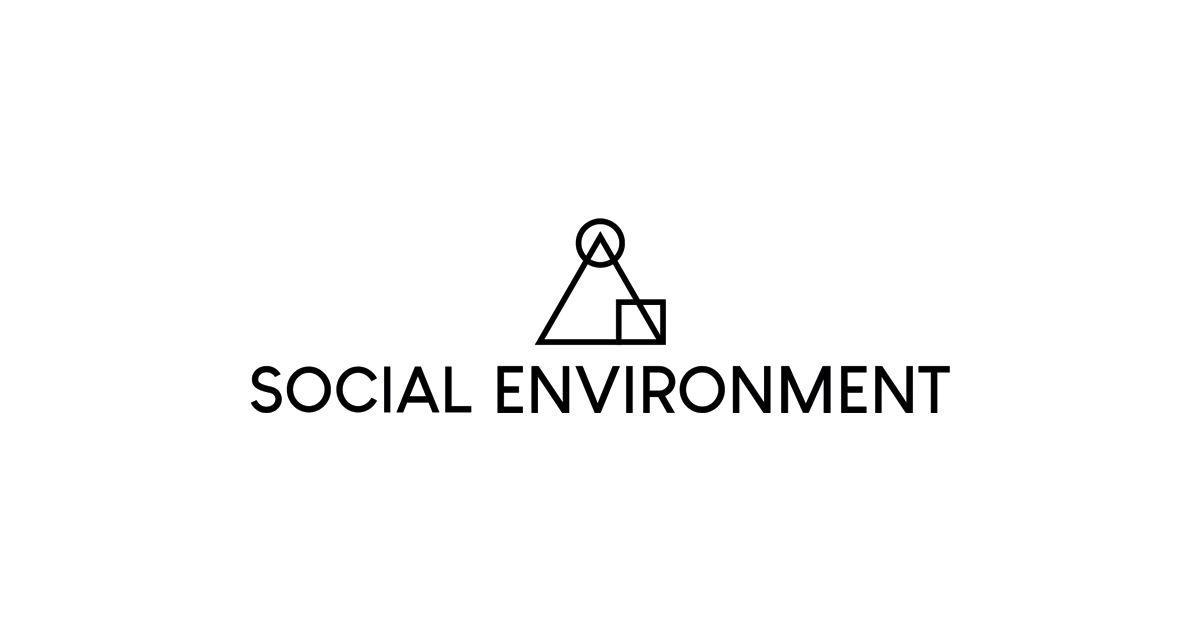Conservation Technology & Applied AI
Often in conservation, technologies are made available as build instructions, research papers or as software provided as code needing many steps before it can be used.
I co-founded Social Environment with Rory Matheson and Clémentine Fuchs to make cutting-edge technologies available to conservation projects around the world.
Social Environment provides the wrap-around support needed for conservation projects that don’t have access to a large team of engineers to implement the latest conservation techniques. This consists of developing transparent ways to collect or process data and independently validate the accuracy of the results.
My part in this project was developing the research and development activities along with attending client sites to evaluate data capture and monitoring technologies.
You can visit Social Environment’s website here.
Case Studies
Counting Rare Species in Borneo
I was fortunate to run a contract for Social Environment to coordinate the analysis of 10,000s of hours of field recordings for Permian Global Research’s 100,000 Ha rainforest restoration site in Malaysian Borneo.
The cutting edge of bioacoustics research uses AI to recognise animal sounds. The techniques are based on machine learning classifiers which are trained using sound recordings which are known to contain the target species.
We used several AI models to determine the presence of rare species on large sites under reforestation.
The first challenge in using AI to count rare species is the very limited amount of reference recordings available on which to train the models. The next challenge is finding people with the knowledge of rare species to tell if the determinations the model has made are accurate.
Local Knowledge
Once we have a database of automatic detections – we take a sample of detections to manually check if the species was labeled correctly.
We do this be assemblig a panel of experts who grew up in the rainforest surrounding the conservation site. They know the sounds of their home better than anyone else.
For this step we used an in-house software which runs on phones or laptops. It plays samples of forest sound to a panel of local experts who respond with the species. We use statistics to work out if the panel is guessing and create a ‘calibration dataset’ we use to filter the AIs detections to those most likely to be correct.
A Team Effort
Social Environment works directly with projects which need to learn how to apply a tool to a project whilst minimsing the amount of training and time needed in its adoption. We worked with everyone from the field-teams, project managers and training people living around conservation sites to become technicians who care and repair for the equipment.
Cloud Computing
Modern bioacoustics makes it practical to analyse 100,000s of hours (or even more) of forest audio for the first time.
To analyse the many terabytes of sound we make use of cloud services such as Azure, IBM Cloud platform; SQL and large scale GPU loads for training and inference. These do the heavy lifting.
We collaborated with researchers and engineers to develop tools needed to get validation information from workshop participants, train a new model and test it with a panel of experts in a short timeframe.
Security
With all the effort going into restoring natural habitat, the last thing we need is information about rare species getting into the wrong hands. We treat all conservation data as highly confidential.


